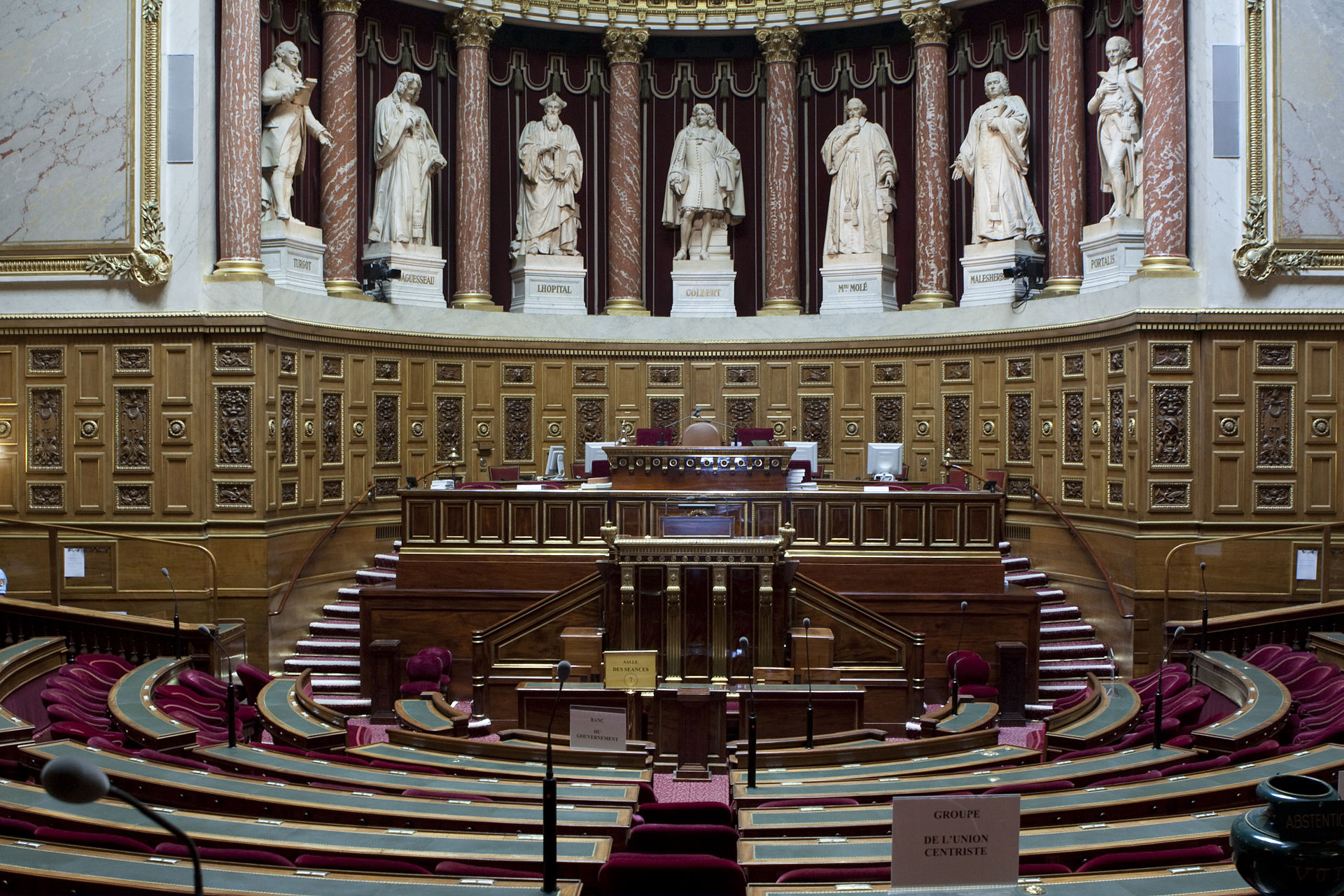Until this week, few people knew about the bust of a famous world leader that was hidden beneath the French senate in the Luxembourg Palace. In the basement was a bust of Nazi leader Adolf Hitler.
Le Monde newspaper discovered the bust after an investigation. Along with the bust, they found a 3 meter by 2 meter (10 feet by 6.5 feet) Nazi flag and some documents left from the Occupation.
During World War II, the palace had been used as the headquarters for the German Luftwaffe air force. A reporter for the newspaper, Olivier Faye, heard a rumor that the bust that had been displayed during the Occupation had been hidden in the basement ever since.
A bust of Hitler hidden in the basement of the Senate https://t.co/1AyFcbSDIm pic.twitter.com/N8hHNQeCDu
— En24 News (@En24News) September 4, 2019
When Faye couldn’t get an official answer from government officials, he went to the Senate’s chief architect, Damien Déchelette. Déchelette replied by asking how he had found out about it.
There’s no clear answer as to how the flag and the bust got deposited in the basement but a look at the history yields some clues.
In August 1944, the German army surrendered to the Allies and Resistance fighters.
As the Nazis fled the building, they left it in disarray they destroyed as much as they could. The liberators took as much as they could as spoils while they celebrated their freedom from Nazi rule. The black market for Nazi flags and other items became red hot and continues to be flourishing today.
During the commotion, the bust and flag were moved to the basement by someone and hidden. Their existence was only shared with a small number of people throughout the decades following the war.
Nazi Germany flag recently discovered under the French Senate, hidden for 75 years next to a bust of Hitler https://t.co/qtEawVSLfE pic.twitter.com/1I95NScbsM
— Vexillology (@VexiReddit) September 3, 2019
Meanwhile, the palace returned to its previous role of hosting the Senate.
Adjoining the palace is the Petit Luxembourg. The building is used as the residence of the Senate president and was the home of the German air force commander, Hugo Sperrle, during the Occupation. It, too, has its own secret left over from the war.
Though not as closely guarded as the secret Nazi items under the Senate, there is a bunker under the gardens of Petit Luxembourg that was built as an air raid shelter for the politicians. It was used by the Germans as either an office or storage.
The bunker contains a pedal-powered battery charger for use during blackouts, rubber suits to protect against gas attacks and a radio set from the war. There are also two items left by the Germans, a box with a breathing apparatus and a gas-powered lamp.
Due to the investigation by Le Monde, the Senate provided a listing of all the German items it still possesses. This list contains many documents left by the Germans and furniture items that are embossed with the Third Reich’s eagle symbol.
In english: a bust of Adolf Hitler and a 6ft by 9ft Nazi flag have been hidden in the basement of
the French senate for 75 years https://t.co/1SSxZtALAr via @lemondefr— ᴱᵐⁱˡʸ ˢᵘᶻᵃⁿⁿᵉ ᴸᵉᵛᵉʳ (@SnarlsDeGaulle) September 3, 2019
The problem now is what is the government to do with all of these items.
The president of the Senate has ordered an investigation to find a home for the items. A prime candidate is the new Museum of the Liberation at Place Denfert-Rochereau in Paris. Currently, the main attraction at the museum is the bunker that server as the headquarters for the chief of the Resistance, Henri Rol-Tanguy.
Selling the items is probably out of the question. In 2014, a French auction house had to cancel a sale of approximately 40 items that had been recovered from Hitler’s Bavarian home which included Goering’s passport and a wooden chest engraved with swastikas that had been owned by Hitler.
Another Article From Us: Arnhem Hero Who Flicked V-sign at The Germans Dies at 97
Jewish groups and the French Culture Minister joined forces to denounce the sale. CRIF, the best known of the French Jewish groups issued a statement at the time that said the sale harmed “the memory of victims of Nazi barbarity.”
